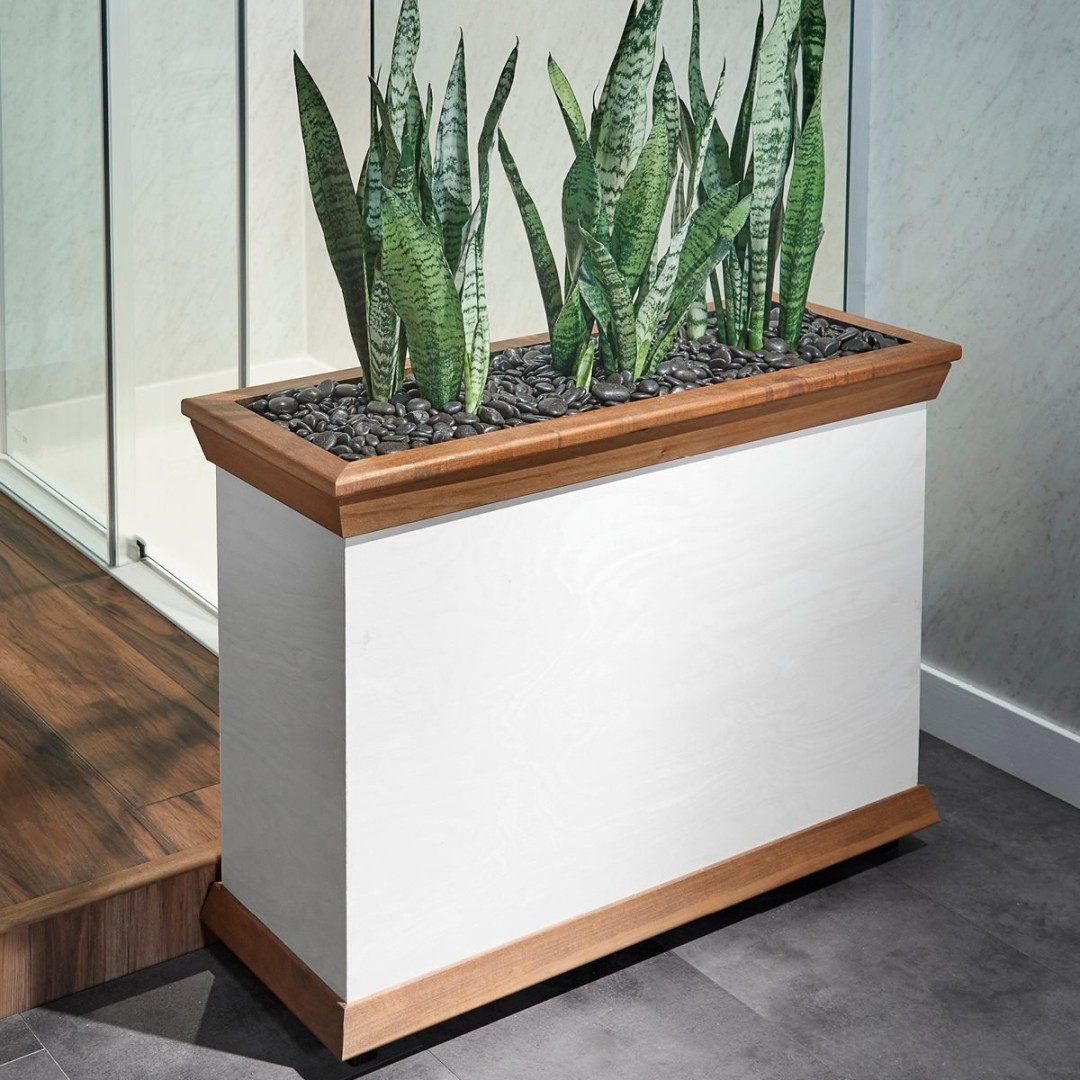Inside Planter Box: A Guide to Healthy Plant Growth
Planter boxes are versatile gardening solutions that offer numerous benefits, from space-saving to aesthetic appeal. However, to ensure optimal plant growth and health, it’s essential to understand the inner workings of these containers.
Soil Selection and Preparation:
The foundation of a thriving planter box lies in the quality of the soil. A well-draining, nutrient-rich potting mix is ideal. Consider adding organic matter like compost or manure to improve soil fertility. Before planting, ensure the soil is evenly moistened but not waterlogged.
Drainage:
Proper drainage is crucial to prevent root rot. The bottom of the planter box should have drainage holes to allow excess water to escape. If your container lacks drainage holes, create them using a drill or a sharp object. Additionally, a layer of gravel or pebbles at the bottom can enhance drainage.
Plant Selection:
Choose plants that are suitable for container gardening. Consider factors like sunlight requirements, root depth, and mature size. Compact varieties and those with shallow root systems are generally well-suited for planter boxes.
Planting Depth:
Plant seedlings or young plants at the same depth as they were in their original containers. Avoid planting too deep, as this can hinder root development.
Watering:
Regular watering is essential, especially during hot, dry periods. However, avoid overwatering, as this can lead to root rot. Water deeply and allow the soil to dry slightly between waterings. The frequency of watering will depend on factors like weather conditions, plant type, and container size.
Fertilizing:
To provide essential nutrients, fertilize your plants regularly. Use a balanced liquid fertilizer diluted to the recommended strength. Follow the fertilizer’s instructions carefully to avoid over-fertilization, which can damage plants.
Mulching:
Applying a layer of mulch around the base of plants can help conserve moisture, suppress weeds, and regulate soil temperature. Organic mulches like wood chips or straw are excellent choices.
Pest and Disease Control:
Monitor your plants regularly for signs of pests or diseases. Common problems include aphids, spider mites, and fungal infections. Use organic pest control methods like insecticidal soap or neem oil to treat infestations.
Conclusion:
By understanding the key factors that influence plant growth within planter boxes, you can create a thriving garden. Pay close attention to soil quality, drainage, plant selection, watering, fertilizing, and pest control to ensure your plants flourish. With proper care, your planter box will be a source of beauty and productivity.

